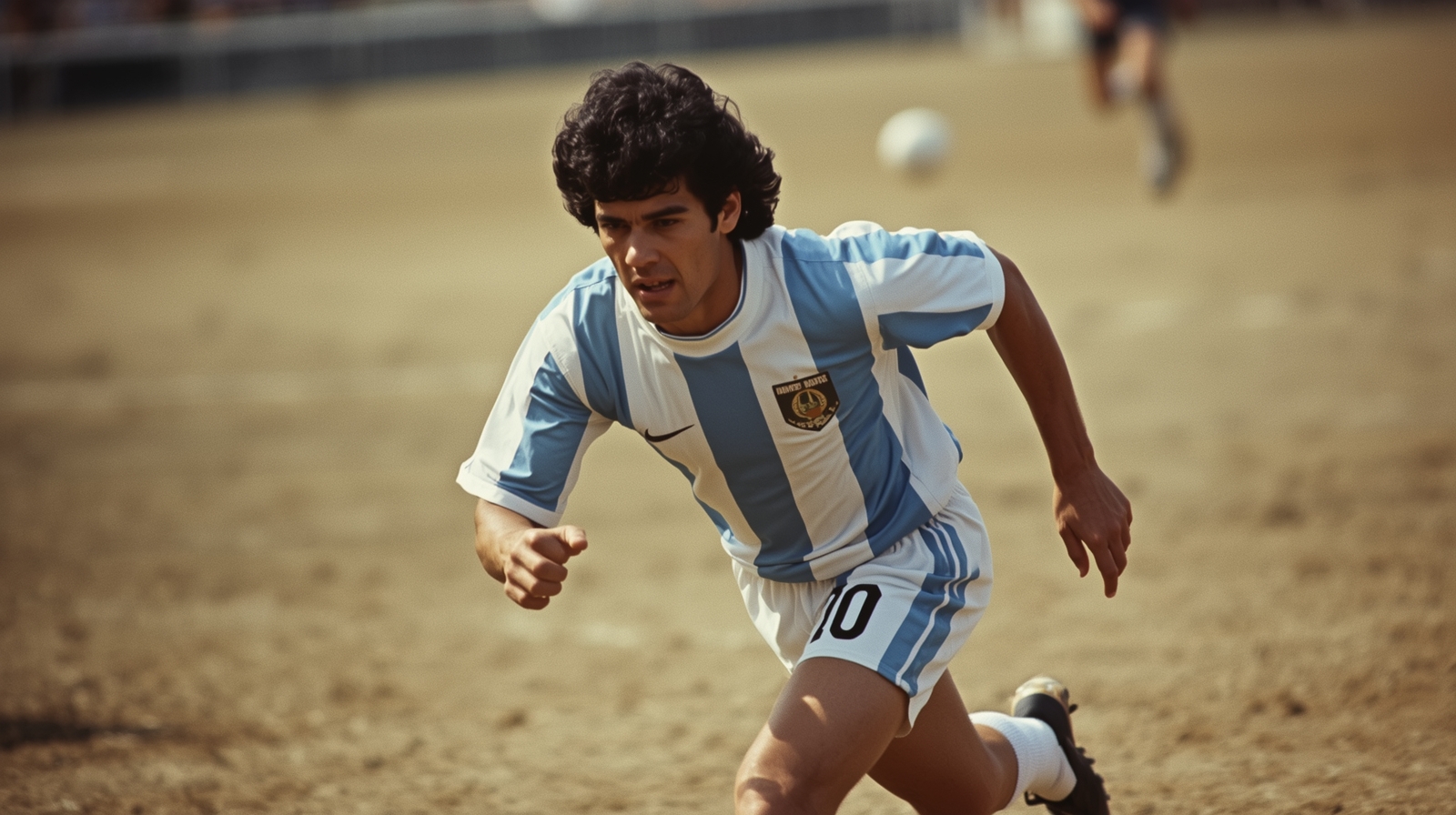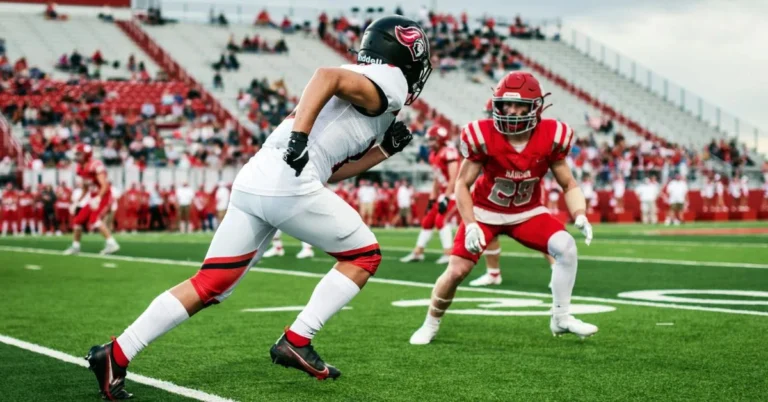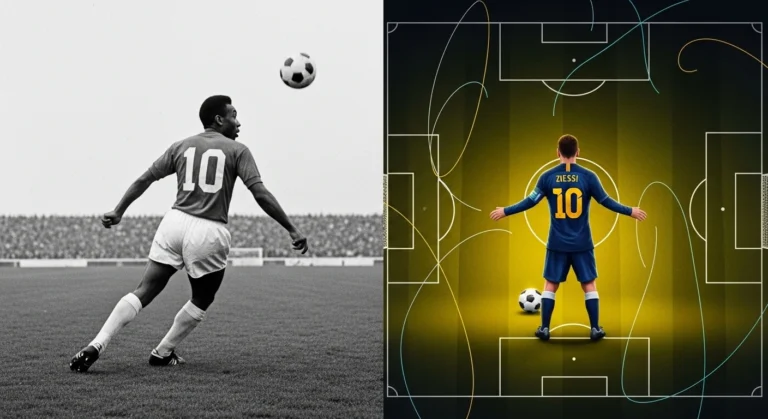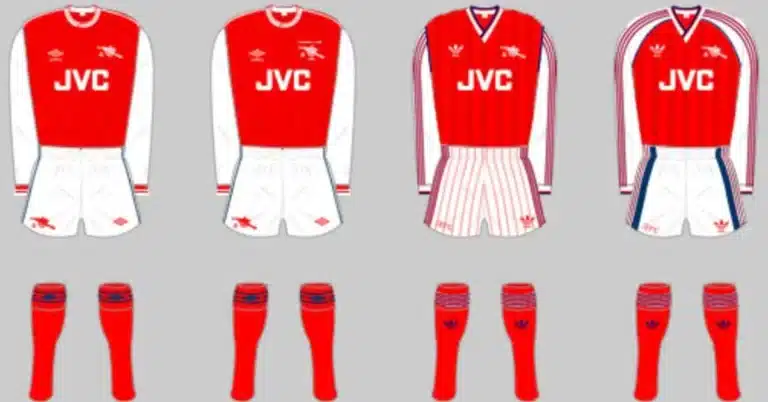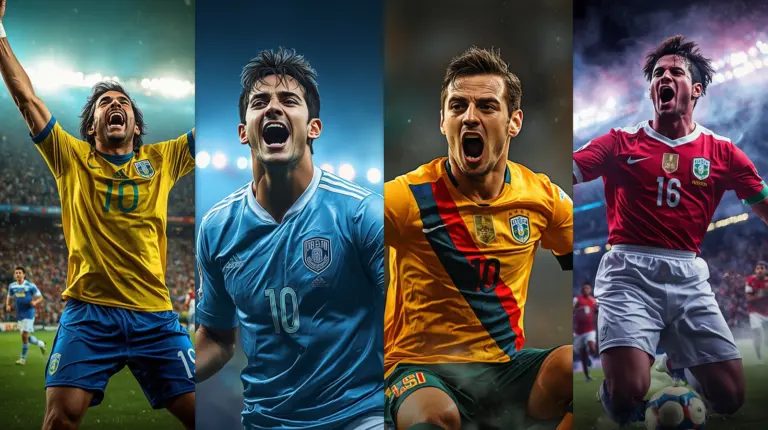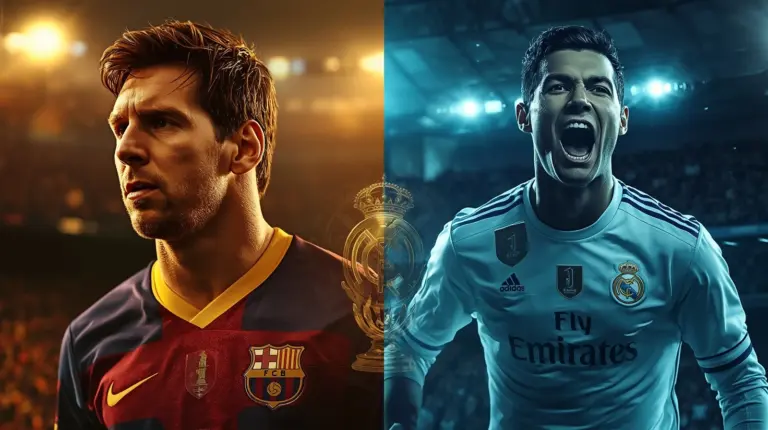The Greatest Comeback: Tracing Diego Maradona’s Journey to the 1986 World Cup
The FIFA World Cup in Mexico 1986 wasn’t just a tournament; it was a coronation. It was the moment Diego Maradona stopped being a brilliant player and started becoming a legend—El Pibe de Oro (The Golden Boy).
But what often gets missed is the difficult, four-year crucible that forged this genius. His transformation from the red card dismissal in 1982 to the iconic figure lifting the trophy in 1986 is one of football’s most compelling comeback stories.
Ready to dive into the journey? Let’s trace every step of Diego Maradona’s journey to the 1986 World Cup, from the chaos of Spain to the glory of Mexico.
Key Takeaways: Maradona’s Road to Immortality
|
The Story at a Glance |
Details |
|
The Low Point |
Turbulent spell at FC Barcelona (1982-1984), marked by injuries (broken ankle) and poor discipline, following a disappointing 1982 World Cup. |
|
The Rebirth |
World-record transfer to SSC Napoli in 1984. Feeling adored and protected in Naples allowed him to regain form and focus. |
|
The Architect |
Argentina coach Carlos Bilardo built the entire 3-5-2 tactical system around Maradona, giving him total positional freedom as a deep-lying forward. |
|
The Physical Edge |
Intense training with fitness coach Fernando Signorini enabled him to play every minute (630 total) in the high heat and altitude of Mexico. |
|
The Final Tally |
Maradona finished the 1986 tournament with a spectacular 5 goals and 5 assists, contributing to over 70% of Argentina’s total goals. |
The Difficult Road: Diego Maradona’s Journey to the 1986 World Cup Begins
To truly understand the brilliance of 1986, you have to look back at the chaos that preceded it. The 1982 World Cup ended in shame for a young Maradona, who was sent off against Brazil. His subsequent two years in Spain with Barcelona were arguably the lowest point of his professional life.
It’s often said that adversity introduces a man to himself, and that was certainly true for Diego.
Turmoil in Barcelona and the Redemption Move to Napoli
Maradona’s time in Catalonia was a painful learning experience. He dealt with numerous setbacks:
- Illness: He suffered a bout of hepatitis that sidelined him for months.
- Injury: He endured a career-threatening broken ankle after a brutal tackle by Athletic Bilbao defender Andoni Goikoetxea.
- Controversy: His spell ended with a massive brawl in the 1984 Copa del Rey final, sealing his reputation as a volatile talent.
He needed an escape. The world-record move to Napoli in 1984 provided just that. In my experience covering the game, a player must feel loved to thrive, and in Naples, Diego was a god. He embraced the role of the city’s champion, and the passionate support helped him find the focus he needed to prepare for the biggest prize: the 1986 World Cup.
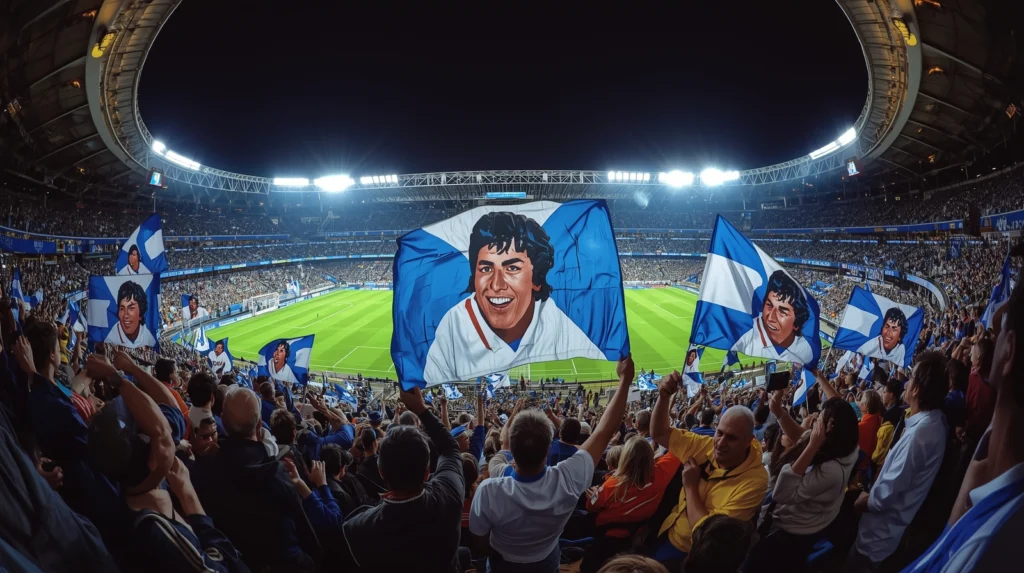
Securing the Spot: Argentina’s Qualification Campaign
While Maradona was making a name for himself in Italy, the Argentine national team was struggling. Qualification for the 1986 World Cup was tense.
Argentina was drawn into a tough CONMEBOL group alongside Peru, Colombia, and Venezuela. They finished first in the group, but it came down to the wire. In their final match against Peru, a late goal saved them from a playoff. The team often looked unconvincing, leading many critics to dismiss the squad as one-man dependent, adding immense pressure to Maradona’s shoulders.
The Architect: Carlos Bilardo and the Tactical Masterplan
The common narrative that Maradona won the 1986 World Cup alone. While his individual contribution was peerless, it only happened because manager Carlos Bilardo dared to build a system where Maradona could thrive without defensive shackles.
Bilardo used a unique 3-5-2 formation that was revolutionary at the time.
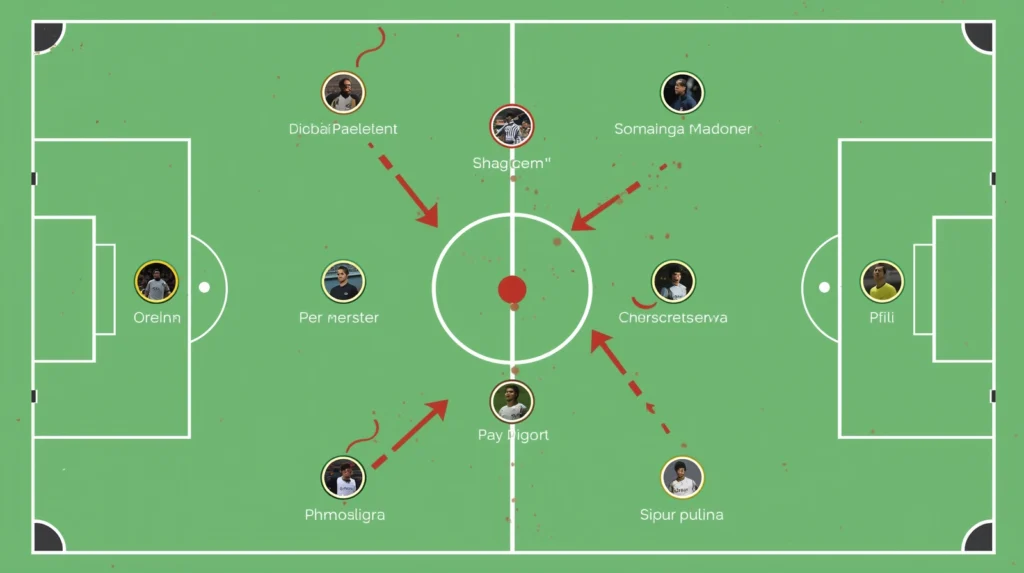
Freedom to Roam
Maradona was essentially a free agent on the field, positioned as a deep-lying forward, or a enganche (hook). He could drop deep to collect the ball, drift wide, or sprint into the box.
Defensive Cover
The compact three-man defense and five-man midfield (including attack-minded wing-backs) provided the structure and defensive solidity that allowed Maradona to conserve his energy purely for attack.
Team Unity
Bilardo fiercely protected his captain from the intense media scrutiny, creating a tight-knit “band of brothers” atmosphere where every player knew their role was to support the number 10. The result was a surprisingly resilient and balanced squad.
This is a great case study in tailored tactics. We should explore this further in a future piece. The Evolution of the Number 10 Role in Football History.
The Physical Peak: Fernando Signorini and Peak Fitness
The conditions in Mexico were brutal: high altitude, intense heat, and noon kick-offs dictated by European television schedules. If Maradona had arrived in his 1982 form, he would have wilted.
This is where the expertise and hard work came in. Maradona’s personal fitness coach, Fernando Signorini, deserves immense credit.
Pro Tip
What I’ve found works best in elite sport is specific preparation. Signorini knew the challenge wasn’t just skill; it was endurance. He developed tailored routines to ensure Maradona’s body was a “pristine machine” capable of withstanding the Mexican climate and the relentless fouling from opponents.
Hard Data
Maradona set a World Cup record for being the most-fouled player in a single edition, enduring 53 fouls in seven games. This high number of fouls—20 more than any other player in that tournament—shows his physical readiness and how desperate opponents were to stop him.
The Explosion in Mexico: Maradona 1986 World Cup Stats and Dominance
Once the tournament started, all the preparation—the tactical genius, the physical conditioning, and the emotional maturity—came together. Maradona was unstoppable.
His dominance wasn’t just anecdotal; the numbers prove he single-handedly carried the team:
1. Goals and Assists: 5 goals and 5 assists. This means Maradona was directly involved in 71.4% of Argentina’s 14 goals throughout the tournament.
2. Touches and Fouls: He recorded 567 touches over 630 minutes of play and was fouled 53 times, demonstrating his constant involvement and ability to draw attention.
3. The Masterpiece: His four-minute, four-touch sequence that led to the “Hand of God” and “Goal of the Century” against England in the quarter-final is perhaps the single most dominant individual performance ever seen.
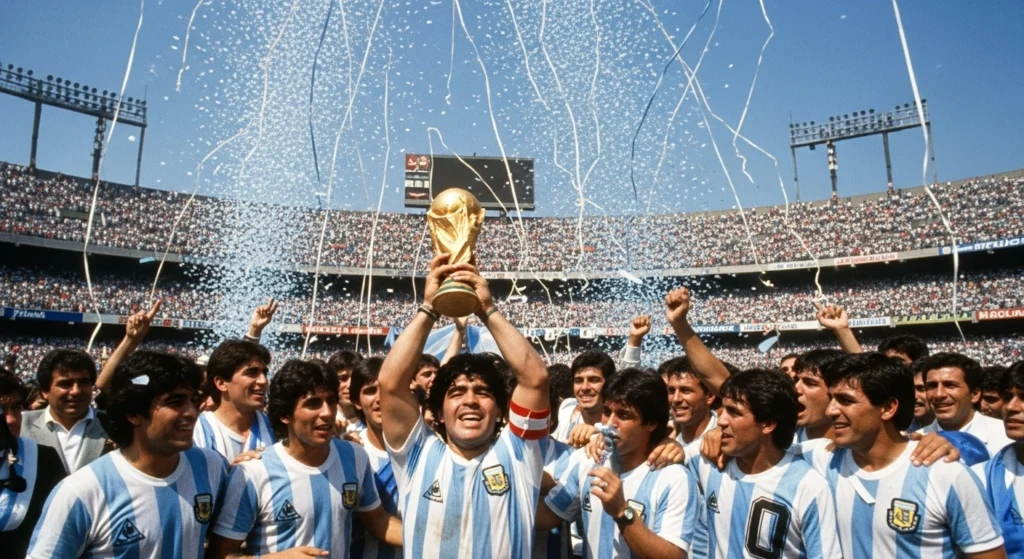
He won the Golden Ball award, and Argentina lifted the trophy after a thrilling 3-2 final victory over West Germany.
In my experience, the 1986 World Cup shows that true greatness is a combination of talent, strategy, and mental resilience. Maradona had all three. For a different perspective on mental toughness, check out this external resource: The FIFA Official History of the 1986 World Cup.
Frequently Asked Questions (FAQ)
What was the state of the Argentina team leading up to the 1986 World Cup?
The Argentina team was generally viewed by critics as unbalanced and overly dependent on Maradona. They struggled at times during the qualifying phase and were considered outsiders rather than favorites, which motivated the squad to prove the doubters wrong under the strong, paternal guidance of coach Carlos Bilardo.
How did Diego Maradona prepare for the physical challenges of Mexico’s altitude?
Maradona underwent an intense, tailored fitness regime led by Fernando Signorini. This preparation specifically focused on altitude training and high endurance, ensuring that despite the heat and thin air in Mexico City, his short, powerful frame could sustain peak performance for all seven matches (630 minutes of play) without suffering fatigue.
Who was Argentina’s coach, and what was the main tactical philosophy?
Argentina’s coach was Carlos Bilardo, and his main tactical philosophy was a compact 3-5-2 formation. The entire system was designed to liberate Maradona from defensive duties, allowing him to be the sole creative force—a “floating” playmaker who could dictate the game’s tempo and exploit gaps created by his teammates’ movement.
How many goals did Maradona score and assist in the 1986 World Cup?
Diego Maradona scored 5 goals and registered 5 assists, giving him a total of 10 goal contributions. This incredible output meant he had a hand in more than 70% of the 14 goals Argentina scored on their way to lifting the World Cup trophy.
Conclusion: The Ultimate Peak of a Legend
Diego Maradona’s journey to the 1986 World Cup was far more than a simple trip to Mexico; it was a psychological and physical redemption arc. It was the story of a talented but volatile player finding discipline, focus, and a system perfectly suited to his singular genius. He overcame personal failures, a turbulent club career, and the intense pressure of a nation to deliver a performance that remains, arguably, the greatest individual display in World Cup history.
What moment from Maradona’s 1986 World Cup do you think best sums up his dominance? Leave a comment below and let us know if it’s the “Goal of the Century” or his leadership in the final! Or, maybe you’d like to see how Messi compared to this monumental run?

